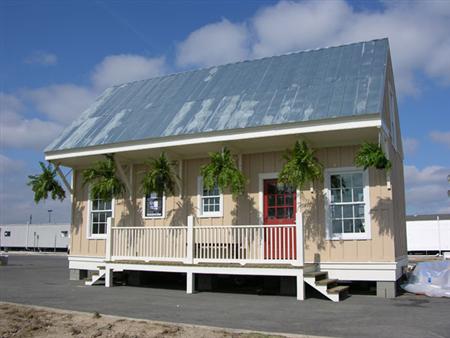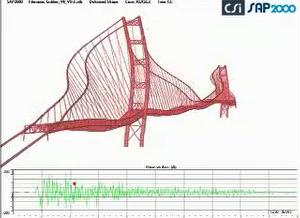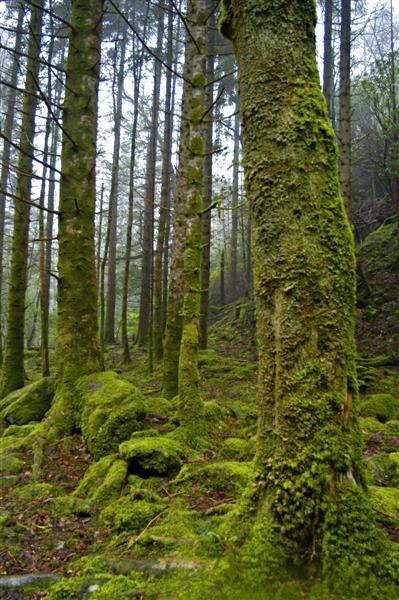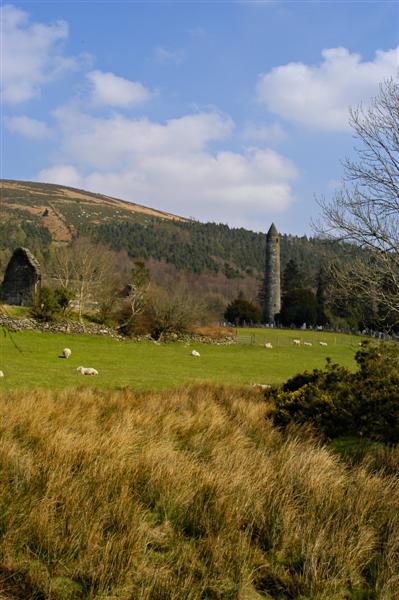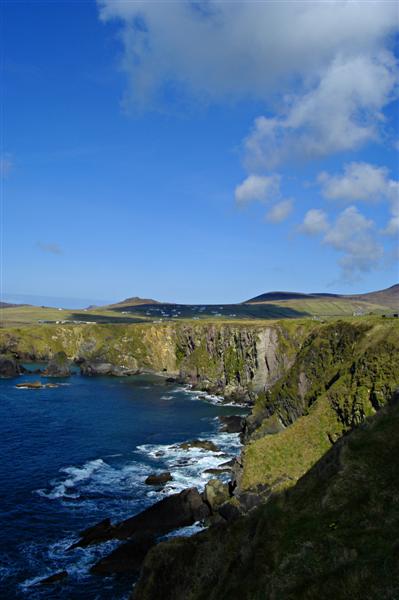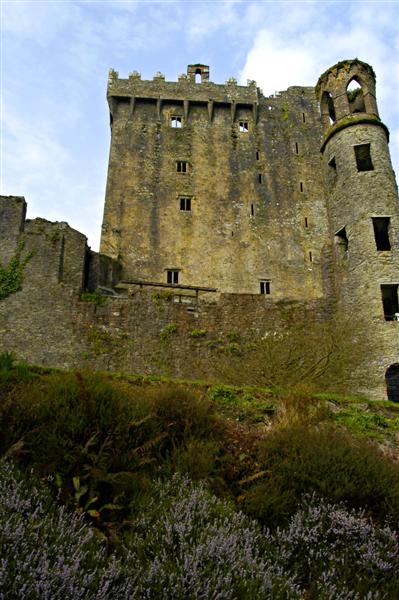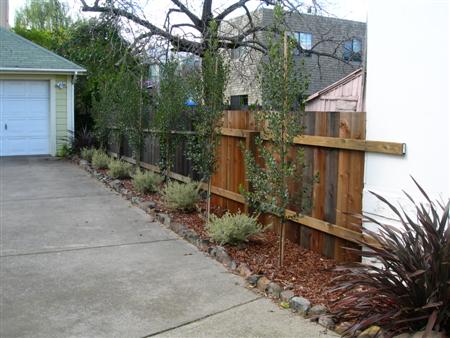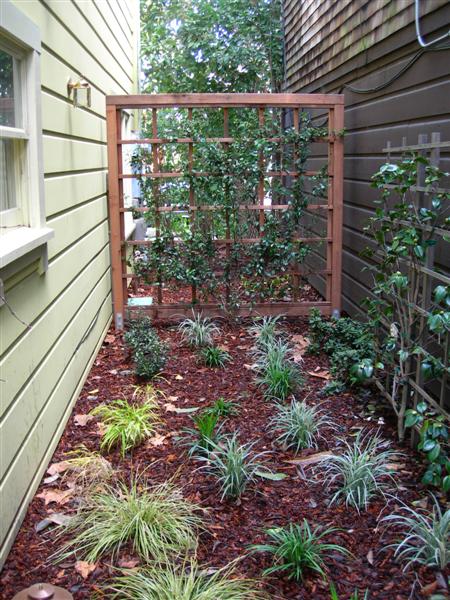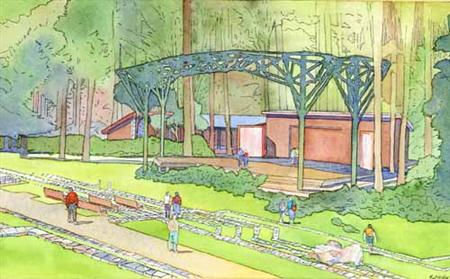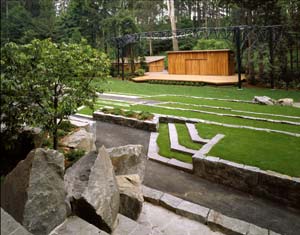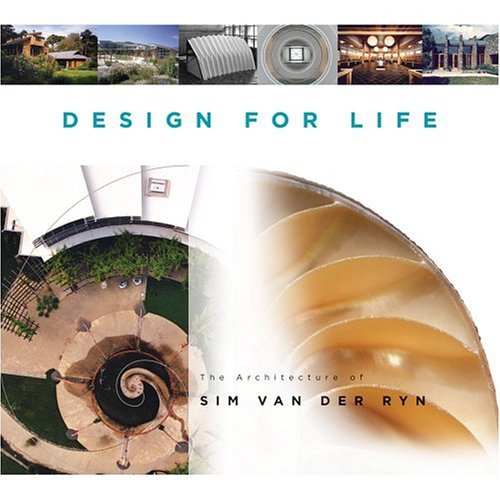Here are some selections of Northern California Garden events from the
current listing of Pacific
Horticulture Magazine, check their complete listing for
events throughout the west. If you live on the west coast Pacific Horticulture a
must have magazine for gardeners and horticulurists.
February 20
California Native Plants for the Garden, lecture with Carol
Bornstein, David Fross, and Bart O’Brien, 7:15 pm, California Horticultural
Society.
February 22-March 29
California Natives in Style, class with Glenn Keator
and Alrie Middlebrook, 6:30 to 9 pm, plus three field trips, San Francisco
Botanical Garden Society. Fee $115; pre-registration required.
February 26
Microclimates in Your Garden, guided tour and discussion, 2
pm, Arboretum Terrace Home Demonstration Garden, sponsored by UC Davis
Arboretum.
March 4
Sick Plant Clinic, with Robert Raabe, 9 am to noon, UC Botanical
Garden at Berkeley.
March 5
Healthy Soils, Healthy Roses, lecture with Lakshmi Srisharan, 1:30
pm, UC Santa Cruz Arboretum. Fee $15.
March 5
Wildly Successful Plants, a class with Pam Peirce, 2 to 4 pm,
Elizabeth F Gamble Garden. Fee $25; pre-registration required.
March 8
Mixing It Up: Combining California Natives with Plants from Other
Regions, lecture with David Fross, 7 pm, Western Horticultural Society.
March 15-19
Where Gardens Meet Art, 21st Annual San Francisco Flower &
Garden Show, 9 am to 8 pm daily (to 6:30 pm Sunday), Gala Preview Party, Tuesday
5 to 9 pm ($150), The Cow Palace, 2600 Geneva Avenue, Daly City, 415/771-6909,
www.gardenshow.com. Admission $20 or $17 in advance; half-day tickets ($13) at 3
pm. Call for schedule of events.
March 16
The Lure of Lavender, a class with Susan Ditz and Sharon Shipley,
6:30 to 8:30 pm, Elizabeth F Gamble Garden. Fee $25; pre-registration required.
March 20
Flowers of Greece and the Mediterranean Basin, lecture with Bob
Gibbons, 7:15 pm, California Horticultural Society.
March 28
Becoming a Resident Naturalist in Your Garden, lecture with Kathy
Biggs, 7 to 9 pm, The Marin Art & Garden Center. Fee $5.
March 30
Napa Gardens, a coach tour with lunch and refreshments, with
Charmain Giuliani and Fred Bové, 8 am to 5 pm, San Francisco Botanical Garden
Society. Fee $165; pre-registration required.
March 31-1
Gardens to Match Your Architecture III: Fresh Design, West
Coast, a seminar featuring Andrea Cochran, Craig Steely, and Bernard Trainor,
Golden Gate Club, The Presidio, San Francisco, cosponsored by The Garden
Conservancy and Pacific Horticulture. Fee $135; pre-registration required at
www.gardenconservancy.org.
April through June: Poppies of the World, an exhibit of qouache paintings by
Gianna Marino, daily except major holidays, 10 am to 4 pm, artist’s reception
Thursday, 4/13, 5 to 7 pm, Helen Crocker Russell Library, San Francisco
Botanical Garden Society at Strybing Arboretum, 415/661-1316 x303.
April
1
First Aid Plant Walk, with Chuck Garcia, noon to 2 pm, San Francisco
Botanical Garden Society. Fee $5; pre-registration required.
April 8
Spring in the Perennial Garden, guided tour and discussion, 11 am,
the Gazebo, UC Davis Arboretum.
April 9
Garden and Climate, lecture with Chip Sullivan, 1:30 pm, UC Santa
Cruz Arboretum. Fee $15.
April 12
The Canopy Above: A Walk Among the Trees of Stanford University,
lecture with Ron Bracewell, 7 pm, Western Horticultural Society.
April 17
The Savage Garden: Growing Carnivorous Plants, lecture with Peter
D’Amato, 7:15 pm, California Horticultural Society.
April 22
Cob Construction Workshop, a hands-on class focusing on
straw/clay construction, 10 am to 3 pm, Brooks Park Community Garden, San
Francisco Botanical Garden Society. Fee $15; pre-registration required.
April 22
Fabulous Containers, workshop with Charmain Giuliani, 10 am to 3
pm, San Francisco Botanical Garden Society. Fee $35, plus materials fee;
pre-registration required.
April 30
4th Annual Going Native Garden Tour, self-drive tour of
water-wise gardens featuring native plants in Santa Clara Valley and the
Peninsula, 10 am to 4 pm, sponsored by Santa Clara Valley Chapter, California
Native Plants Society. Free; register at www.GoingNativeGardenTour.com.
April 30
Third Annual Alameda County Bay-Friendly Garden Tour, a
self-guided tour of Mediterranean retreats, edible gardens, wildlife habitats,
and gardens designed for children. For details and registration, call
510/444-SOIL or visit www.BayFriendly.org.


